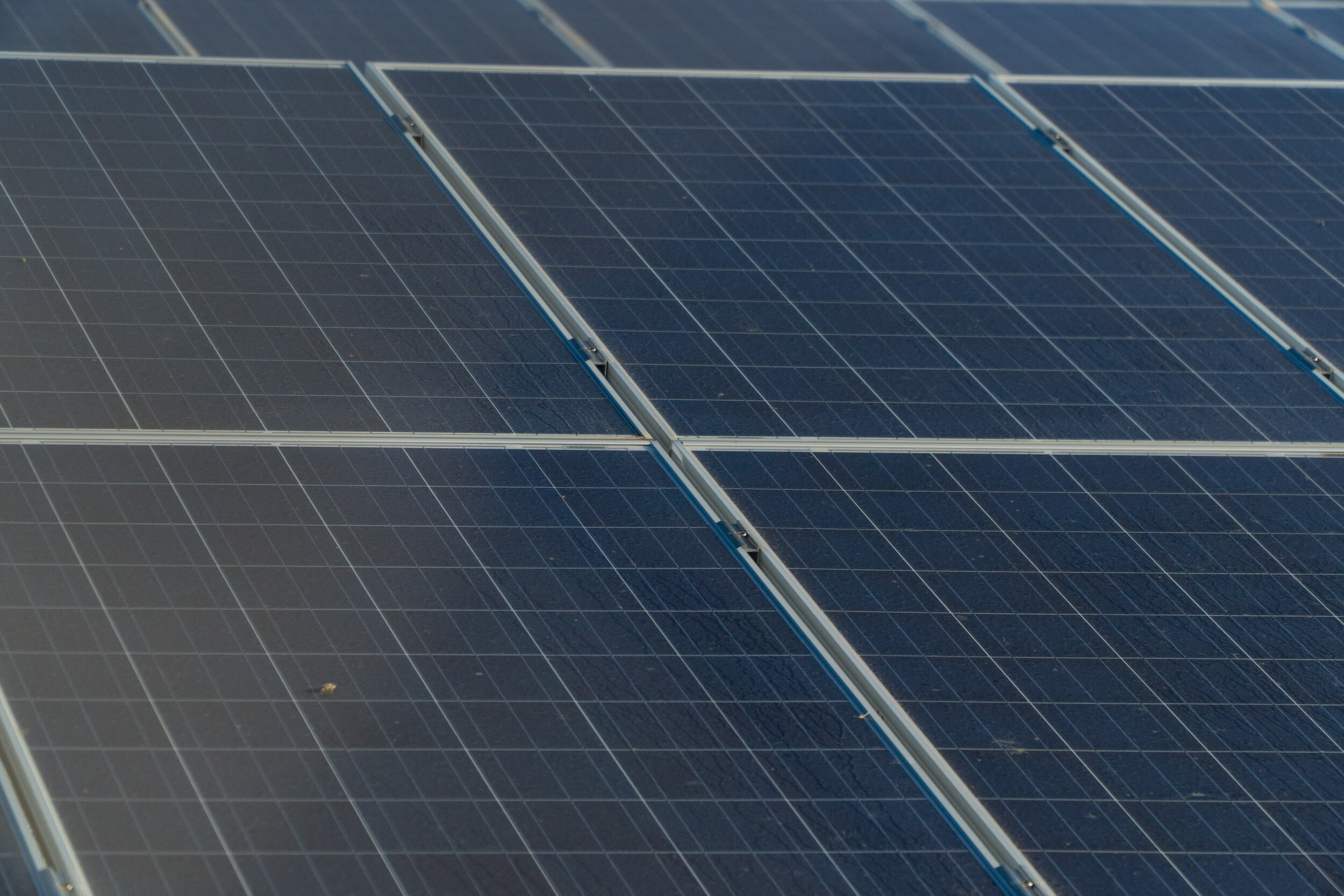What about microgrids for the USVI?
Humankind energy consumption is without a doubt extremely high and of course expected to increase the more technologically advanced we become. With this in mind it only makes sense that we are able to meet our high energy demands all the time. This can be done with the use of microgrids, which can work alongside or independently to the central grid to continuously provide the power we desire.
Just what exactly is a microgrid? Microgrids are self-sufficient systems that can provide the energy needed to run various types of facilities. These microgrids localization make supplying energy to nearby areas a great advantage because some electricity can be lost over the very long distance it travelled from the power generation plant. Aside from its efficiency, a microgrid can function on its own when the central grid is down.
Depending on the microgrid itself, some grids are actually smart enough to make comparisons of the price of electricity being used from the central grid during the course of the day. This is dependent on demand, so during certain times of the day electricity can be more expensive. Analyzing these fluctuating prices, a microgrid can decide to start using its own reservoir of energy during a certain time of day when prices are most expensive.
A microgrid, whether receiving its power from a utility company, solar panels, wind turbines, or generators can serve to increase energy efficiency, and produce cleaner (renewable) energy!
Image of a utility scale solar array on St. Croix, USVI.
The big question is, can these microgrids have a meaningful purpose in the Virgin Islands? I believe if one wants to know the answer to this they should simply think back to the year 2017. In which the Virgin Islands was impacted by two devastating hurricanes (Irma and Maria). Residents withstood the challenge of being without electricity for months, some longer than others. With the incorporation of microgrid systems residents will have power even if the main grid is offline for months.
This blog post was written by Kervin Mathurin a Physics major at the University of the Virgin Islands. Kervin is currently working on a few research projects for CGTC. One project is to identify feasible sites for microgrids in the US Virgin Islands using mapping tools such as ArcGIS.

